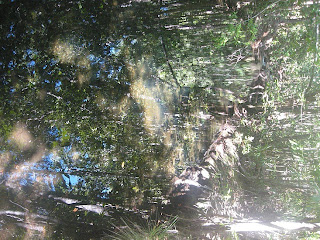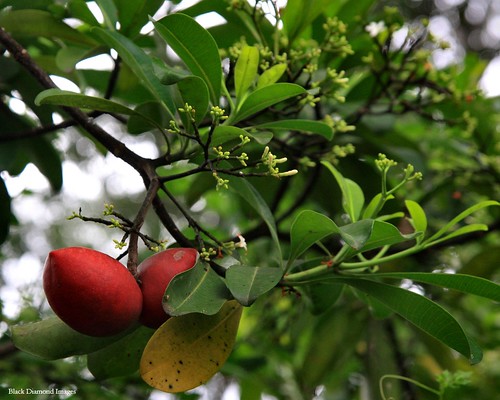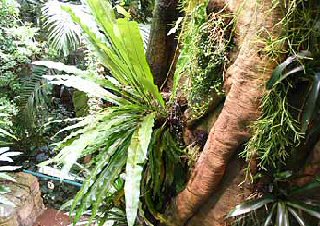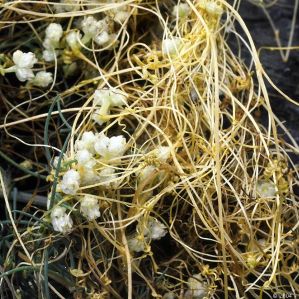-The Tropical Monsoon Forest-
Diversity of plant species There are fewer species of plants in the Tropical Monsoon forest compared to A tropical rainforest due to the inconsistent rainfall.
-About 202 species of plants can be found in one hectare of the forest
Trees
Most of them are hardwoods and some are commercially valuable species such as
-(Sandal wood used for making incense )
-(Sal is a important source of fuelwood )
-(Teak can be used to make furnitures )

Bamboos and grasses are common species found in the undergrowth and Many lianas (woody vines) and air plants, such as orchids are present.
Density
Plant growth is abundant but its less dense compared to a tropical Rainforest.
Hence
-Trees do not grow as closely compared to the tropical rainforest, resulting in their crowns not interlocking to form a continuous canopy.
-Sunlight can filter through the gaps , resulting in a dense undergrowth comprising of bamboos and grasses as they get sufficient sunlight.
During the wet season, The monsoon forest is luxuriant and dense as leaves on the plants are more abundant , but during the Dry season, plants loses their leaves and the forest appears sparse.
Images from ,
google.com
travelpod.com
wikipedia.org























